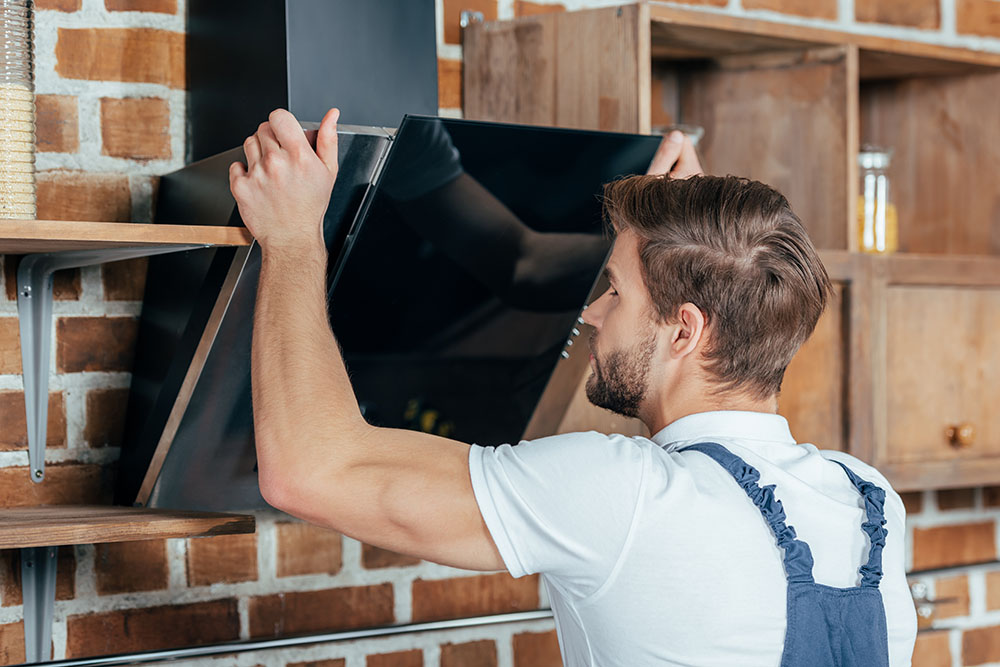
Range hoods are one of the most crucial household appliances in the kitchen. It is a large vent that facilitates the circulation of fresh air into the kitchen, keeping heat, smoke, and odors away. A premium quality range hood is a necessity for cooking enthusiasts, but if your kitchen does not come with a built-in one of if the old one is already not in an ideal condition, it can be a daunting process to install a new range hood.
However, it only takes a few easy tools and important tips to install a new range hood in your kitchen. They come in a wide variety of strengths, configurations, and sizes, so you should always check the manufacturer guide for exact instructions. However, these basic guidelines and tips will be useful in helping you get started with installing the range hood.
Before you buy a new range hood, it is important to check the CFM rating of its fan. The CFM will indicate the number of cubic feet of air the fan pulls every minute. You should select a fan that has a CFM rating twice the square footage of the kitchen.
Take Safety Precautions
Switch off the power to your kitchen, and lock the panel box to ensure that the electricity will not be turned on until you are done with the installation. Make sure to wear gloves, goggles, and a mask while you are working.
Check your Venting
If you are installing a vent hood, ensure that there is proper ductwork and a range hood that matches. If you are installing new venting for the range hood, you should make sure that it would not end up against a wall or in the attic. All vents should lead out of the house, to prevent any build up of heat or potential fire hazards.
Installation Height
All range hoods have a recommended and ideal range of installation height over the cooking surface. The lowest level is the distance that the range hood was safety tested for by UL. On the other hand, the upper limit is a suggestion that will offer satisfactory capture. If the range hood is installed below the lower limit, it may result in damage to the range hood and an inspector could insist on a reinstallation. Going beyond the upper limit will be up to the installer and have no effect on the range hood. However, it may cause a lower smoke capture.
Locate and Mark the Vent Holes
Installing a range hood for the first time will involve drilling a hole into the wall, adding new wiring and attaching new duct work if needed.
- Start by unpacking the appliance and removing the exhaust fan, filter, and electrical housing cover. Ideally, the new range hood should be big enough to extend about an inch past the stovetop on all four corners.
- Use a screwdriver and hammer to get rid of the knockouts for the duct and electrical cable. Insert the cable connector in the cable knockout. Mark the places for the duct, cable, and holes using a pencil. There are some models that provide a template for you to mark the vent holes easily.


